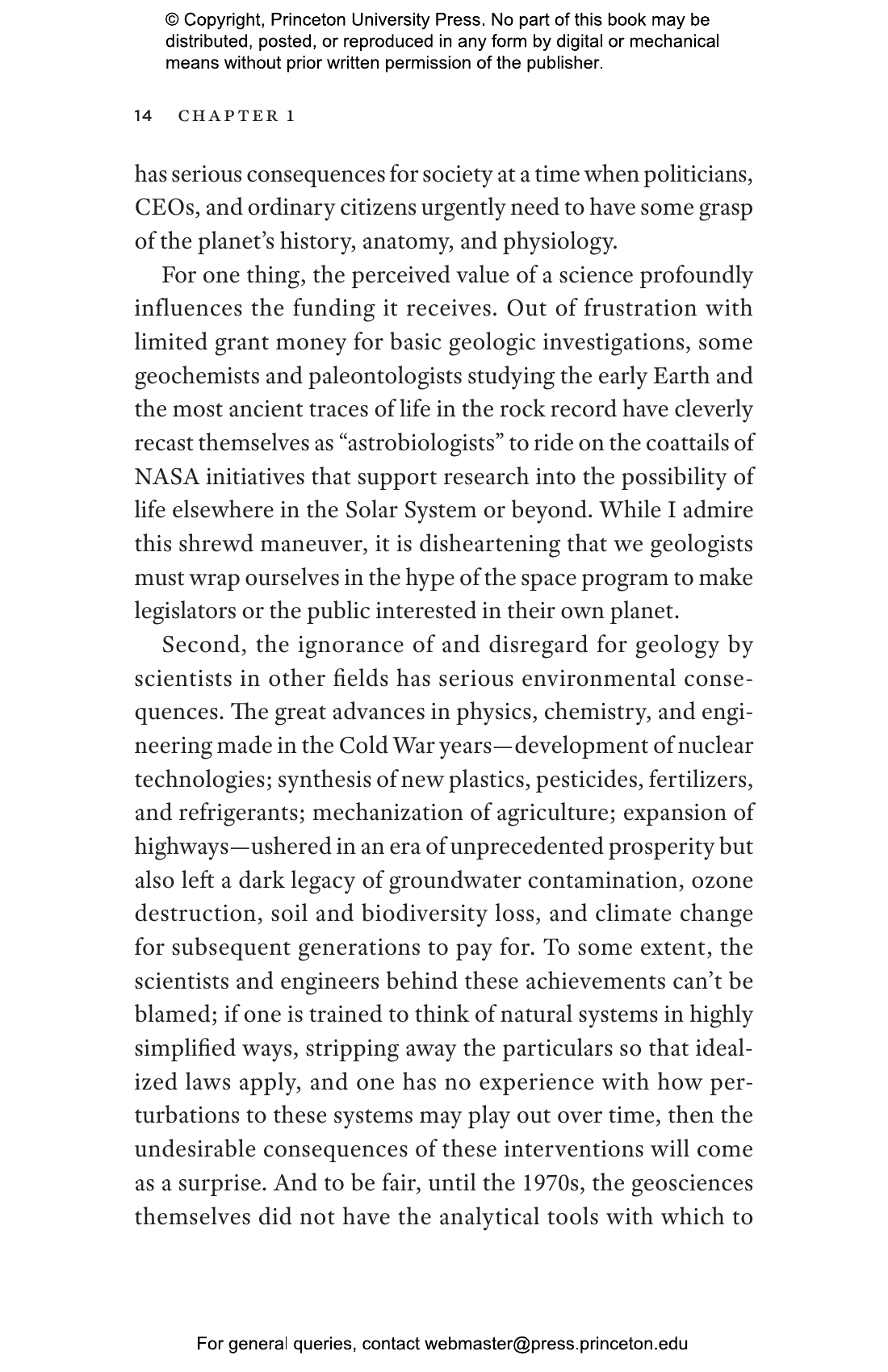

In the winter of 1953, when almost 3,000 fish were taken, the public awoke to the reality that the sturgeon could soon be harvested to extinction. They are caught not with delicate hooks and lines dropped through narrow auger holes but with trident-like spears plunged into large rectangular openings sawed in the ice. They have lifespans longer than humans, and their lineage has been around since the early Cretaceous, about 140 million years ago.

Sturgeon are large fish the record setter for the area was 240 pounds (bigger, as the local paper pointed out, than a popular Packers linebacker). Each year, before they head into upstream tributaries to spawn, the sturgeon congregate in a few bays, and the temporary towns start to appear on the ice, mirroring the fish communities below. Lake Winnebago is often alarmingly green in the summer as a result of runoff from lawns and farms, but it still supports a healthy population of lake sturgeon. Winnebago is a vestige of the much larger Glacial Lake Oshkosh, which formed from ponded meltwater late in the Ice Age and left behind heavy clay sediment that is the bane of gardeners.

For a few weeks each February, small towns pop up like Brigadoons on the ice covering Lake Winnebago, the largest inland water body in Wisconsin.


 0 kommentar(er)
0 kommentar(er)
